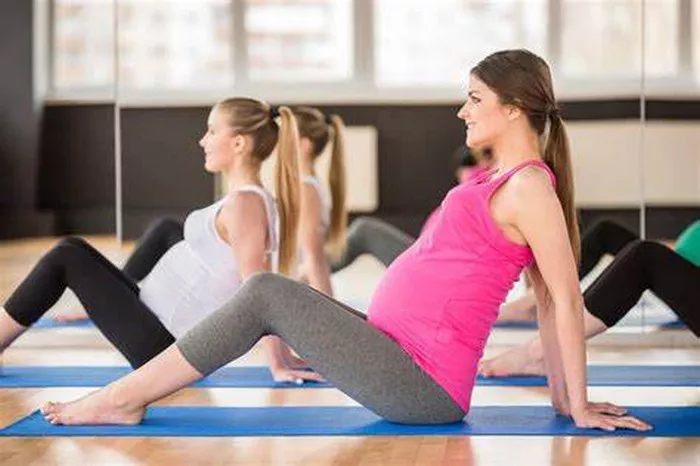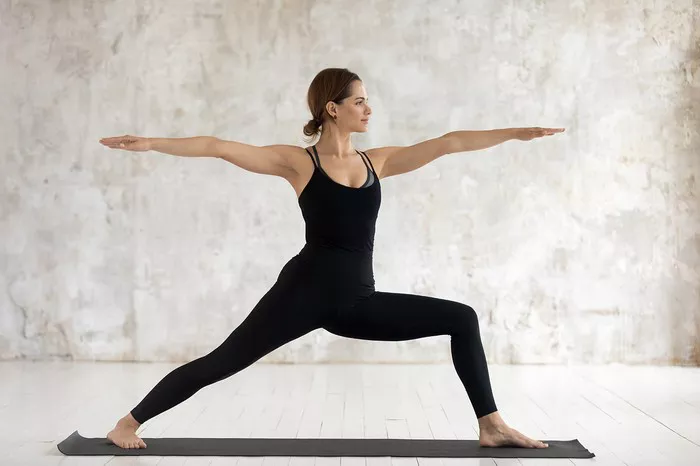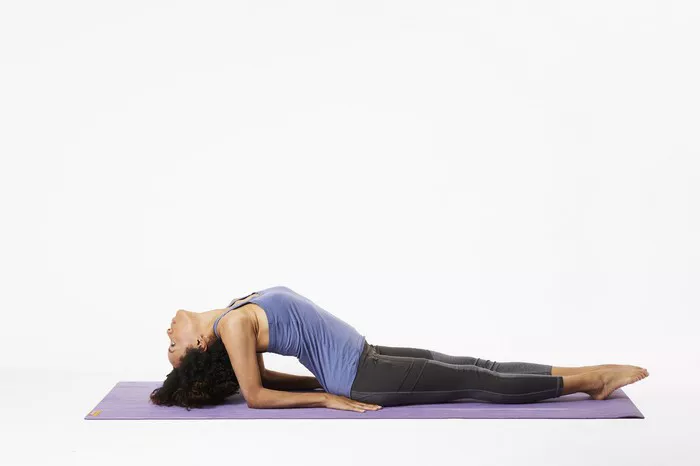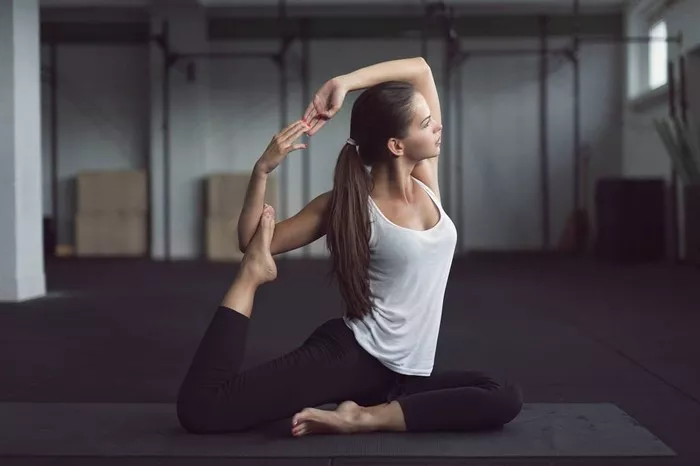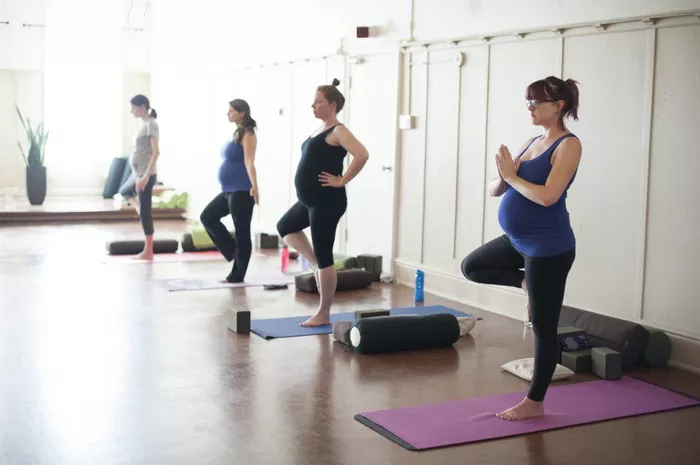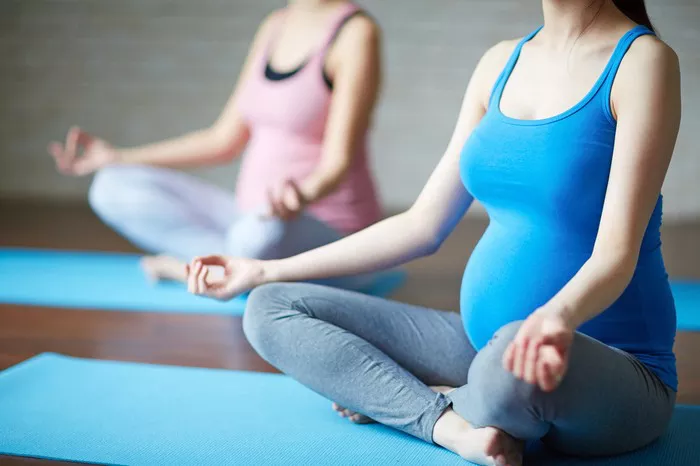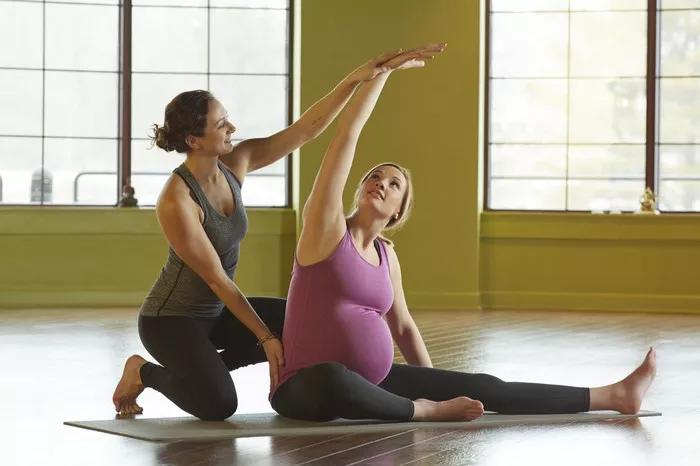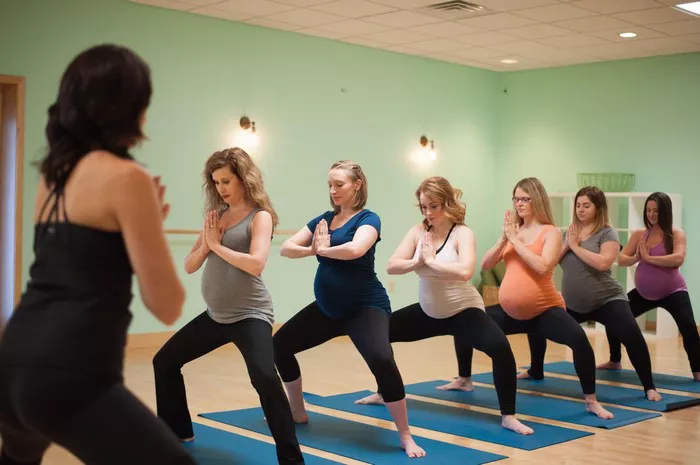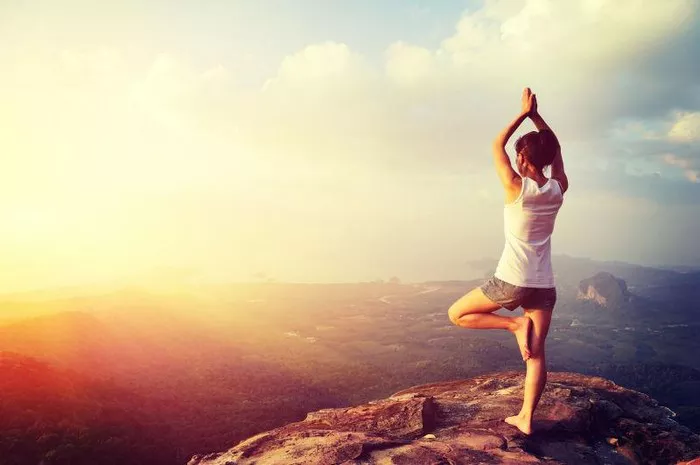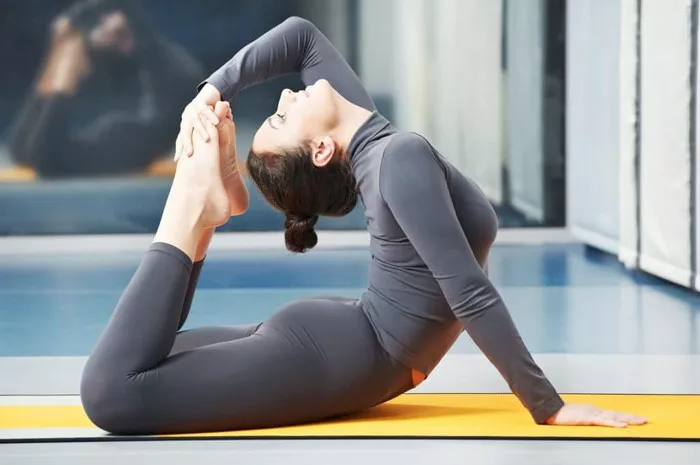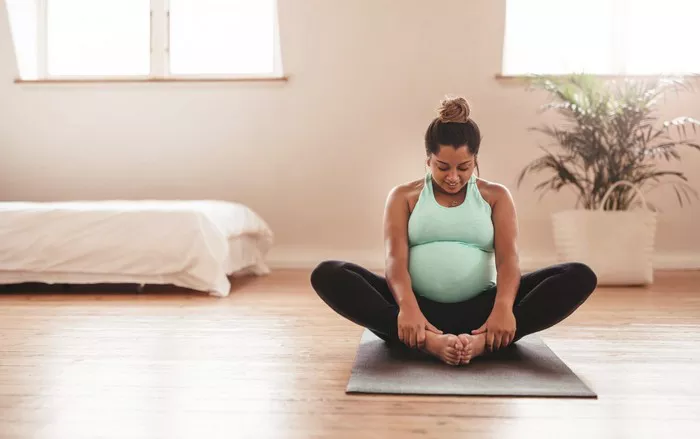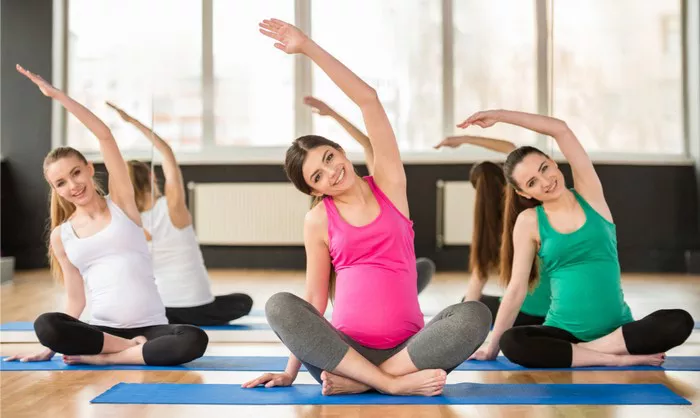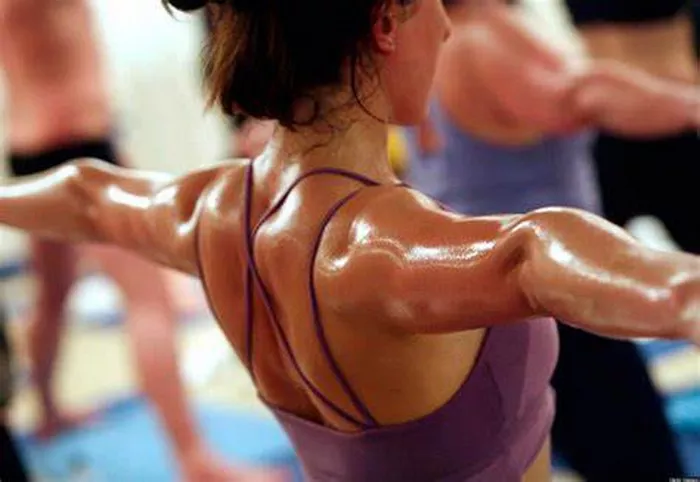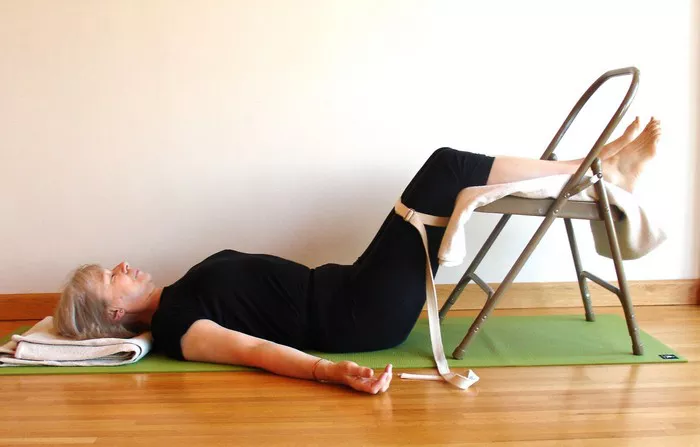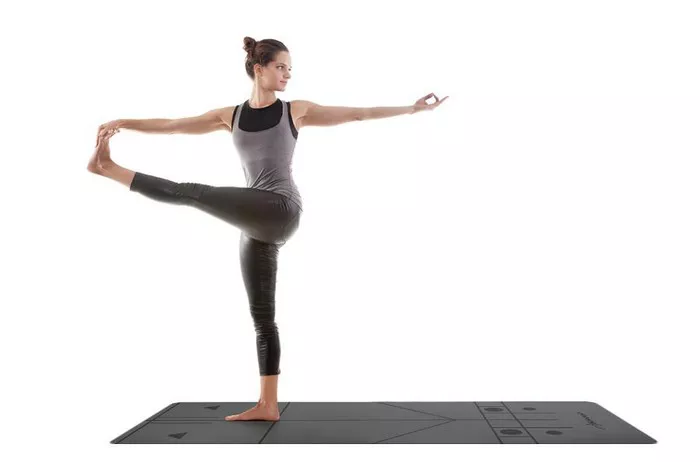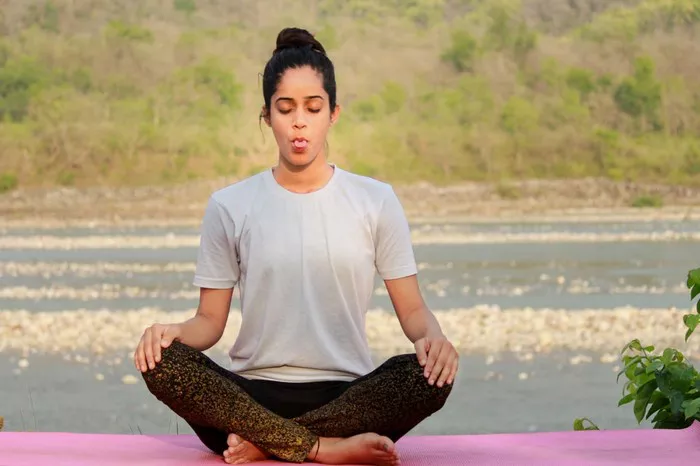The Eagle Pose (Garudasana) is one of the most challenging yet rewarding asanas in the yoga practice. Known for its intricate balance and coordination, it requires a deep level of physical and mental focus. As a yoga instructor with years of experience, I’ve noticed that many students, regardless of their level, find Garudasana to be particularly difficult. In this article, I’ll explain why the Eagle Pose is so hard and offer insights into the benefits and techniques to make it more accessible.
The Physical Challenge of the Eagle Pose
At its core, Garudasana is a balancing posture that involves wrapping the arms and legs in a specific way while maintaining steady focus. The key physical challenges of the pose lie in the following areas:
1. Balance and Stability
Garudasana requires the practitioner to balance on one leg while wrapping the other leg around it. This is inherently a balancing challenge because you must stabilize your core, legs, and feet in an unfamiliar position. The difficulty increases because one leg is standing while the other is twisted, and both arms are wrapped around the body in a complex way. The amount of focus and concentration it takes to maintain that stability can feel overwhelming for beginners and even intermediate practitioners.
2. Hip Flexibility
The Eagle Pose demands a certain level of hip flexibility, as the top leg must be bent and wrapped around the standing leg. If the hips are not sufficiently open, it may feel impossible to bring the top leg around or to properly hook the foot behind the calf of the standing leg. Many practitioners find their hips feel tight in this pose, which makes it even harder to get into the proper alignment.
3. Ankle and Leg Strength
Maintaining the position with the legs crossed and wrapped around each other puts a great deal of pressure on the ankle joints and calves of the standing leg. This requires strong ankle stability and muscular endurance in the legs to support the body’s weight. If the legs lack strength or stamina, it can be difficult to hold the pose for any significant period of time.
4. Arm Flexibility and Shoulder Strength
The Eagle Pose is unique in its requirement for arm flexibility and shoulder strength. To achieve the full expression of the pose, the arms must be extended straight in front of you, with the elbows bent and the forearms crossed. The hands then clasp each other, requiring a degree of shoulder flexibility and strength. Those with tight shoulders or weak upper bodies may struggle with this portion of the pose.
5. Core Engagement
Beyond just the legs and arms, Garudasana demands strong core engagement to maintain balance. Engaging the abdominal muscles helps keep the torso upright and aligned while in the twisted position. Without this engagement, it’s easy to collapse or lean to one side, making the posture unstable.
The Mental Challenge of the Eagle Pose
While the physical challenges of Garudasana are clear, there is also a mental and emotional component to the pose. Here are a few reasons why the Eagle Pose can feel so difficult mentally:
1. Focus and Concentration
Garudasana requires sustained mental concentration. Balancing on one leg with both arms and legs twisted demands that the practitioner clears the mind and focuses solely on the present moment. The effort to maintain that focus is taxing, especially when combined with the physical intensity of the pose.
2. Fear of Falling
For many practitioners, especially those new to yoga, the fear of falling can make Garudasana feel even more difficult. The pose challenges both physical strength and mental resilience, and the fear of losing balance can prevent a person from fully committing to the posture. Overcoming this fear is part of the mental challenge, and it often takes time and practice to become comfortable with the pose.
3. Trust in Your Body
Another psychological challenge is trusting your body to maintain the position. For those who lack confidence in their physical ability, Garudasana can feel intimidating. It requires a sense of surrender to the process, a letting go of the desire for perfection, and an acceptance of the limitations of the body on any given day.
The Spiritual Dimension of Garudasana
Like all yoga postures, Garudasana also carries a symbolic and spiritual dimension. The pose is named after Garuda, the mythical bird from Hindu and Buddhist traditions who serves as the mount of Lord Vishnu. Garuda is a symbol of strength, freedom, and protection. Practicing the Eagle Pose can thus evoke a sense of empowerment, as it requires not only physical strength but also the ability to transcend mental barriers.
1. Strength and Grace
Garudasana teaches us that strength doesn’t just come from muscle; it also comes from our inner qualities of balance, calm, and grace. The difficulty of this pose invites us to cultivate both physical and mental strength, and to understand that the practice of yoga is about the integration of body, mind, and spirit.
2. Overcoming Dualities
In Garudasana, the body is twisted and intertwined, symbolizing the intertwining of opposites or dualities. It teaches us to find balance between seemingly contradictory forces — strength and flexibility, stability and mobility, focus and release. This is a core theme in yoga philosophy: the reconciliation of opposites to create harmony.
How to Make the Eagle Pose Easier
While Garudasana may initially seem difficult, there are ways to gradually work toward mastering the pose. Here are some tips to make the Eagle Pose more accessible:
1. Work on Leg Strength and Balance
The foundation of Garudasana lies in leg strength and balance. To prepare, work on building strength in the legs and core through standing poses such as Tree Pose (Vrksasana), Warrior III (Virabhadrasana III), and Chair Pose (Utkatasana). These poses will help you develop the stability needed for Garudasana.
2. Improve Hip Flexibility
To make it easier to wrap the top leg around the standing leg, incorporate hip-opening exercises into your practice. Poses such as Pigeon Pose (Eka Pada Rajakapotasana), Bound Angle Pose (Baddha Konasana), and Lizard Pose (Utthan Pristhasana) will help increase hip flexibility over time.
3. Strengthen the Core
Building core strength is key to maintaining balance in Garudasana. Practice poses that engage the core, such as Plank Pose (Phalakasana), Boat Pose (Navasana), and Dolphin Pose (Ardha Pincha Mayurasana), to improve your abdominal stability.
4. Work on Shoulder Flexibility
The arms in Garudasana require a deep stretch in the shoulders. To prepare, practice poses that stretch and open the shoulders, such as Cow Face Pose (Gomukhasana), Eagle Arms (Garudasana Arms), and Downward-Facing Dog (Adho Mukha Svanasana).
5. Use Props for Support
If you are still struggling to balance, consider using props to make the pose more accessible. For example, standing near a wall can offer support when balancing. You can also place a block under your foot to help you maintain the wrap of the legs.
6. Focus on Your Breath
Breath awareness is an important tool in overcoming the mental challenges of Garudasana. Keep a steady and deep breath as you enter the pose, focusing on your inhales and exhales. This will help calm the mind and reduce the fear of falling. It will also keep you grounded and focused on the present moment.
Conclusion
Garudasana, the Eagle Pose, is undoubtedly one of the more challenging asanas in yoga. It requires strength, flexibility, focus, and balance, both physically and mentally. However, its difficulty also makes it incredibly rewarding. The pose teaches us important lessons about overcoming fear, trusting our bodies, and finding balance in the midst of life’s chaos. By practicing regularly and patiently, and by integrating the tips I’ve shared, you can gradually improve in Garudasana and discover the transformative power of this beautiful and symbolic pose.
Whether you are a beginner or an experienced practitioner, remember that yoga is not about perfection. It’s about the journey, the process, and the continuous exploration of your body, mind, and spirit. The Eagle Pose is just one example of the many challenges we face in our yoga practice. As with any difficulty in life, it is through consistent effort and self-compassion that we overcome obstacles and grow stronger. Keep practicing, and embrace the challenge — the rewards will be well worth the effort.
Related Topics:


